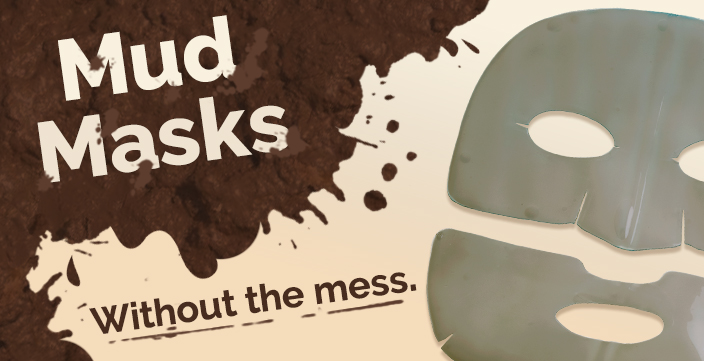
This week, Global Cosmetic News published an article on Google’s skin care trends to watch for 2017. Not surprisingly, it’s all about the masks.
This is not a new trend – Cleopatra was said to have used mud from the Dead Sea in her skin routine to achieve a healthy glow. Today Pinterest and other social media pages are flooded with this connection, revering Cleopatra as a beauty role model and publishing DIY mud mask recipes to try and capture the same effect.
Mud masks are in demand. “Acne dominates the list of chief skin concerns,” states the Global Cosmetic News article, “Masks formulated with clay, charcoal and mud [are] the most popular choice to remove excess oil, eliminate blackheads and promote clear skin.”
However, there are some major barriers to entry that stop consumers from using or even trying mud beauty masks. Overcoming these challenges during this particular time of intense mud mask popularity could mean major success for beauty and cosmetic companies.
Overcoming the Downsides of Mud Masks
The downsides of conventional mud masks – especially when they are homemade by consumers – includes the mess of putting it on and the hassle of removing it after it dries. The process of cleansing and purifying skin quickly goes from relaxing and refreshing to annoying and sloppy. Who wants to clean the sink and unclog the drain after a beauty regimen?
Marrying Two Popular Trends: Mud Masks and Sheet Masks
Preferred for their hydration properties, convenience and efficiency, sheet masks have been skyrocketing in popularity. Now, Taiki has married the easy and mess-free application of a sheet mask with all of the benefits and deep-cleaning properties of a mud mask. It’s an innovative win-win consumers love.
Taiki is the largest global supplier of non-woven facial masks and patches. We can help your consumers achieve beautiful skin with a hassle-free solution. Learn more on the latest mask technologies here.